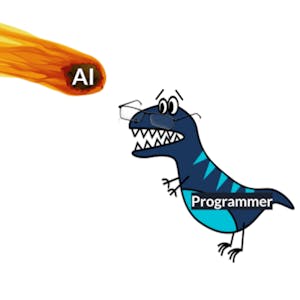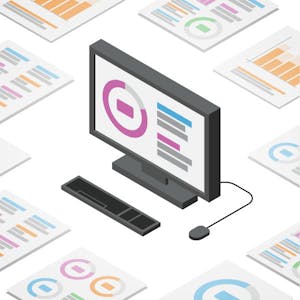AI Fundamentals for Non-Data Scientists
About this Course
In this course, you will go in-depth to discover how Machine Learning is used to handle and interpret Big Data. You will get a detailed look at the various ways and methods to create algorithms to incorporate into your business with such tools as Teachable Machine and TensorFlow. You will also learn different ML methods, Deep Learning, as well as the limitations but also how to drive accuracy and use the best training data for your algorithms. You will then explore GANs and VAEs, using your newfound knowledge to engage with AutoML to help you start building algorithms that work to suit your needs. You will also see exclusive interviews with industry leaders, who manage Big Data for companies such as McDonald\'s and Visa. By the end of this course, you will have learned different ways to code, including how to use no-code tools, understand Deep Learning, how to measure and review errors in your algorithms, and how to use Big Data to not only maintain customer privacy but also how to use this data to develop different strategies that will drive your business.Created by: University of Pennsylvania

Related Online Courses
This course on Artificial Intelligence (AI) for software development explores the use of AI large language models such as ChatGPT, Bard, and others and their potential benefits and challenges.... more
This course is designed for business and data professional seeking to learn the first technical phase of the data science process known as Extract, Transform and Load or ETL. Learners will be... more
In this course, you will learn about methodologies that support the successful data use to strengthen public health programs and policies. Experts from around the world will define and explain what... more
This is a self-paced lab that takes place in the Google Cloud console. In this lab use the Google Cloud Video intelligence app to extract metadata from a sample video file. Watch the short video... more
In this hands-on Specialization you will practice completing each step of the accounting cycle within Microsoft Excel, from analyzing and recording the first financial transactions of the year all... more






